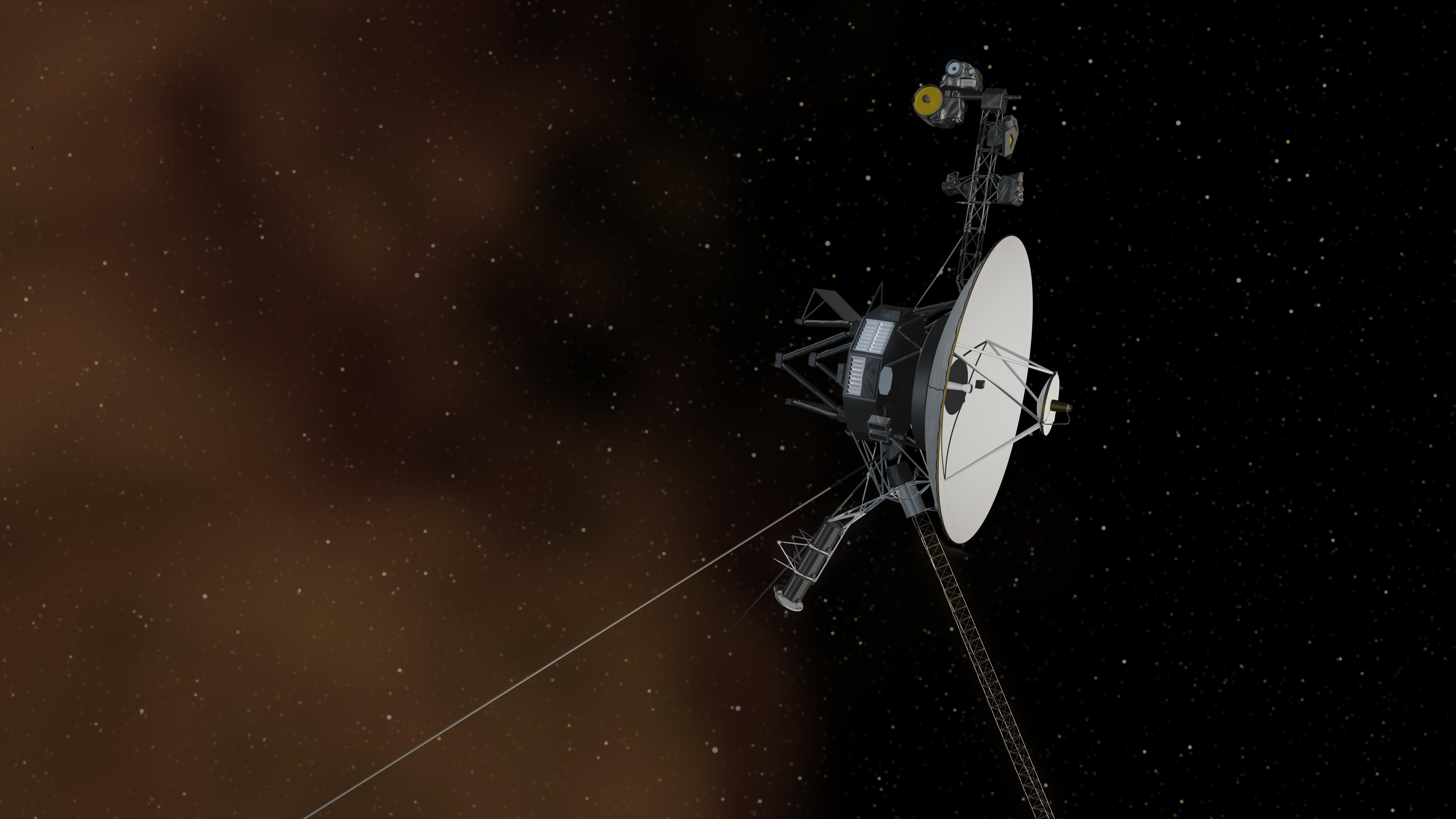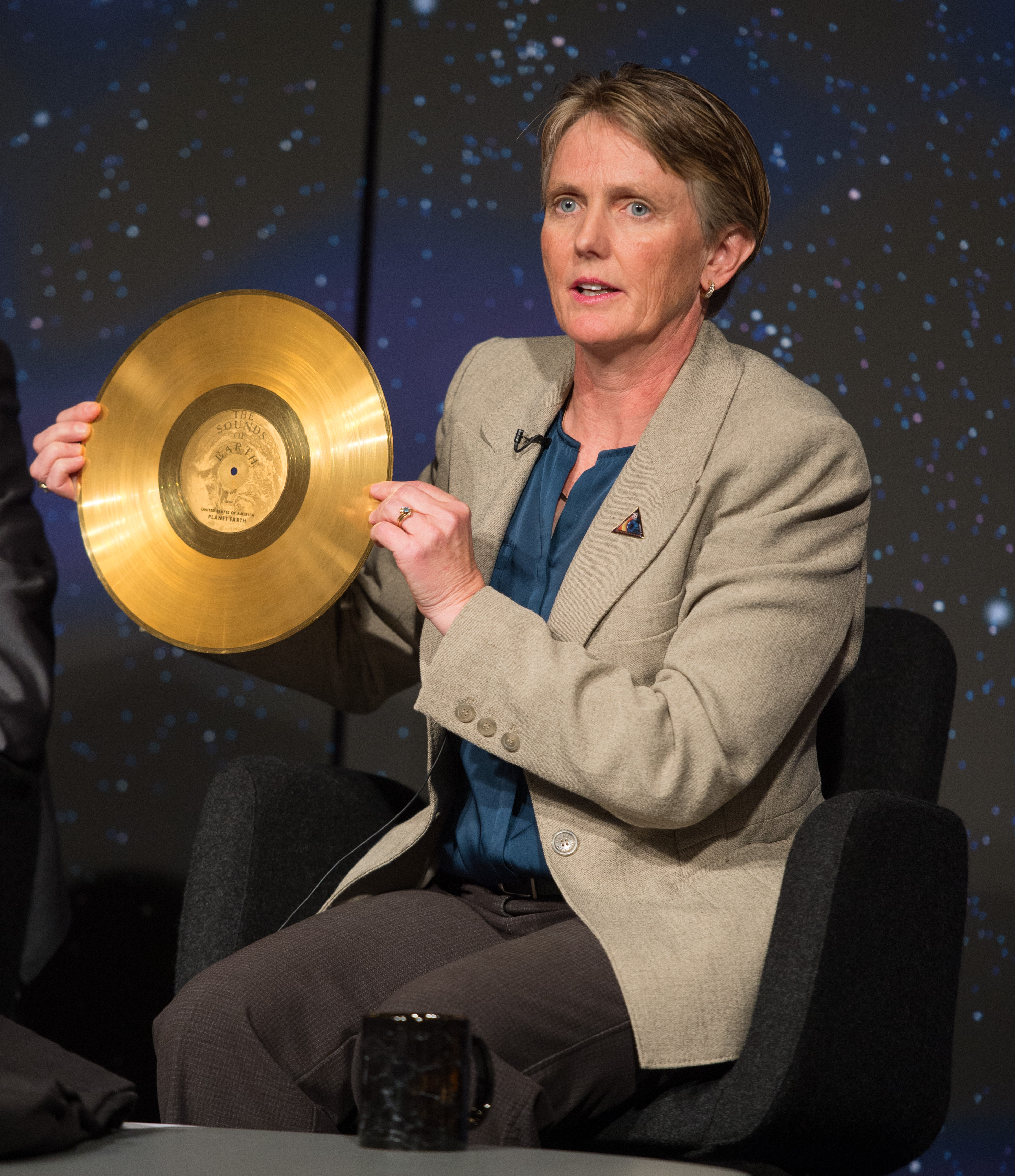NASA's Voyager Probes Still Healthy After Nearly 4 Decades in Space

NASA's Voyager 1 and Voyager 2 spacecraft are still going strong after nearly 37 years in space.
"Both spacecraft are still operating, still very healthy. I guess as healthy as we are at the table right now," Suzanne Dodd, the Voyager project manager at NASA's Jet Propulsion Laboratory (JPL) said, drawing a big laugh from the audience at the SpaceFest VI conference in Pasadena, California, on May 11.
Dodd was fresh out of college in 1985 when JPL recruited her as it geared up for Voyager 2's upcoming encounter with Uranus. Nearly 30 years later, she is project manager of the Voyager Interstellar Mission under which the two spacecraft continue to explore the vast expanse of space beyond the planets. [Photo Timeline: Voyager's Journey into Interstellar Space]
Voyagers of the solar system

Dodd was actually the youngster on the Voyager reunion panel. She was joined by Voyager Project Scientist Ed Stone and retired Voyager Mission Design Manager Charley Kohlhase, who were both on the project when it was in the planning stages in the early 1970s.
When the Voyagers were launched in 1977, NASA expected them to last four or five years, long enough to get them through close encounters with Jupiter and Saturn. But, they just kept going and going.
Voyager 2 went on to flybys of Uranus in 1986 and Neptune in 1989. It is now about 105 astronomical units from Earth. (One AU is the average distance between the Earth and sun, about 92 million miles.) Voyager 1, which flew out of the plane of the solar system after its 1980 flyby of Saturn, is in interstellar space at 127 AUs.
Get the Space.com Newsletter
Breaking space news, the latest updates on rocket launches, skywatching events and more!
Stone and Kohlhase recalled their astonishment when an image showing two exploding volcanoes on Jupiter's moon Io came into JPL late on a Friday afternoon in March 1979. The plumes went hundreds of miles above the surface, and the fallout covered an area the size of France.
"We had what I call a terracentric view, which was based on understanding Earth," Stone said. "Before Voyager, the only known active volcanoes in the solar system were on Earth. Then we flew by Io, a little moon about the size of our moon, with 10 times the volcanic activity of Earth. And suddenly our terracentric extrapolation just was falling way short, and that was happening time after time after time.
"It was an incredible time where every day there were so many things we were discovering that we just moved on to the next one," Stone added. "If we didn't understand what we were seeing right away, we said, all right, let's wait 'til tomorrow to see what else we get."

A groundbreaking mission
The Voyager missions also forever changed the way spacecraft were built and operated.
"The key thing about Voyager that was a revolution was it was a totally computer-controlled spacecraft that flies itself and has fault protection on board so that if something goes wrong, it takes action," he said. "Because now it takes us 17 and a half hours to get a command up there, and it's 17 and a half hours before we know if anything has happened." [See photos from Voyager 1 and Voyager 2]
Before the spacecraft were launched, Kohlhase had the job of sorting through some 10,000 trajectories for projected launch windows in 1976 through 1978. He used computers to determine which ones would allow the spacecraft to make the best approaches to Jupiter, Saturn and their moons. Kohlhase and the scientists settled on 110 trajectories and ultimately used two of them.
Dodd says the Voyager mission continues to throw up challenges today. The spacecraft have 20-watt transmitters – the equivalent of a refrigerator light bulb – and signals are only 1 billionth of a billionth of a watt in strength by the time they reach Earth. JPL uses the powerful antennas of the Deep Space Network to communicate with the distant spacecraft.
"The engineering challenges are extremely unique to Voyager," Dodd said. "You're operating instruments below temperatures that we can't even measure. Challenges of finding out if we turn on a component that's next to a hydrazine line, would that hydrazine line freeze or not. We don't know.
"Another unique challenge to it is that the engineers who built this are retired, some have passed away, you need to get people like Charley out of retirement to come and talk to us," Dodd added. "It's a challenge engineering-wise, it's a challenge from a knowledge standpoint of what people know. And that's what makes this project fun."
The Voyagers still have a lot of life left in them even after nearly four decades on space.
"Looking forward, we expect to get 10 more years of scientific data out of the Voyager spacecraft," Dodd said. "We basically turned off everything we can turn off to save power. Backup heaters are off, backup systems are off. We're having some serious discussions about how to move forward, because we're almost down to the scientific instruments now."
After that, the spacecraft could continue on for another five to seven years sending engineering signals to Earth. Engineers are already in discussions with the Deep Space Network about what experiments could be conducted with those signals before the spacecraft fall silent.
Follow us @Spacedotcom, Facebook and Google+. Original article on Space.com.
Join our Space Forums to keep talking space on the latest missions, night sky and more! And if you have a news tip, correction or comment, let us know at: community@space.com.
Douglas Messier is the managing editor of Parabolicarc.com, a daily online blog founded in 2007 that covers space tourism, space commercialization, human spaceflight and planetary exploration. Douglas earned a journalism degree from Rider University in New Jersey as well as a certificate in interdisciplinary space studies from the International Space University. He also earned a master's degree in science, technology and public policy from George Washington University in Washington, D.C. You can follow Douglas's latest project on Twitter and Parabolicarc.com.









